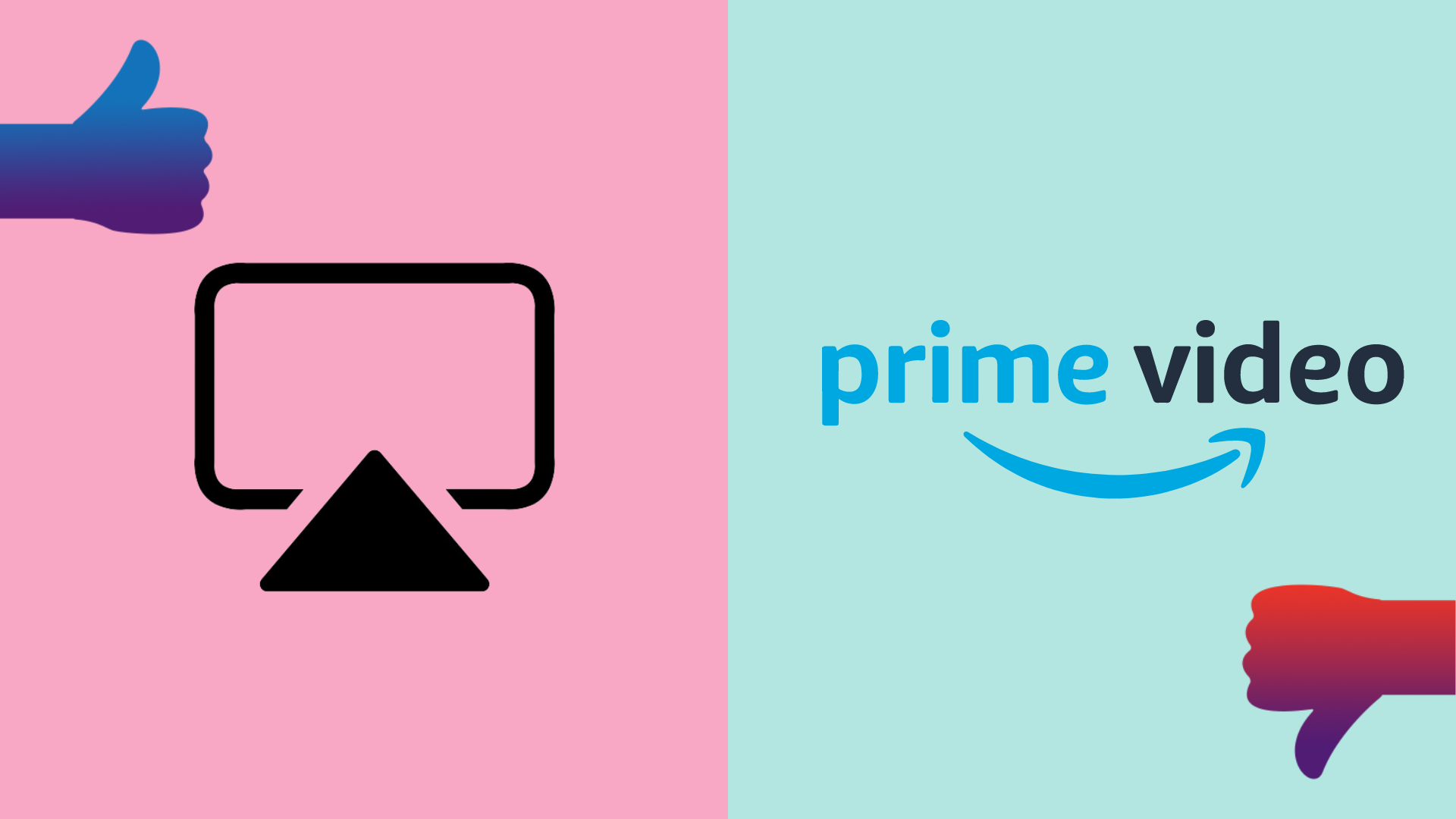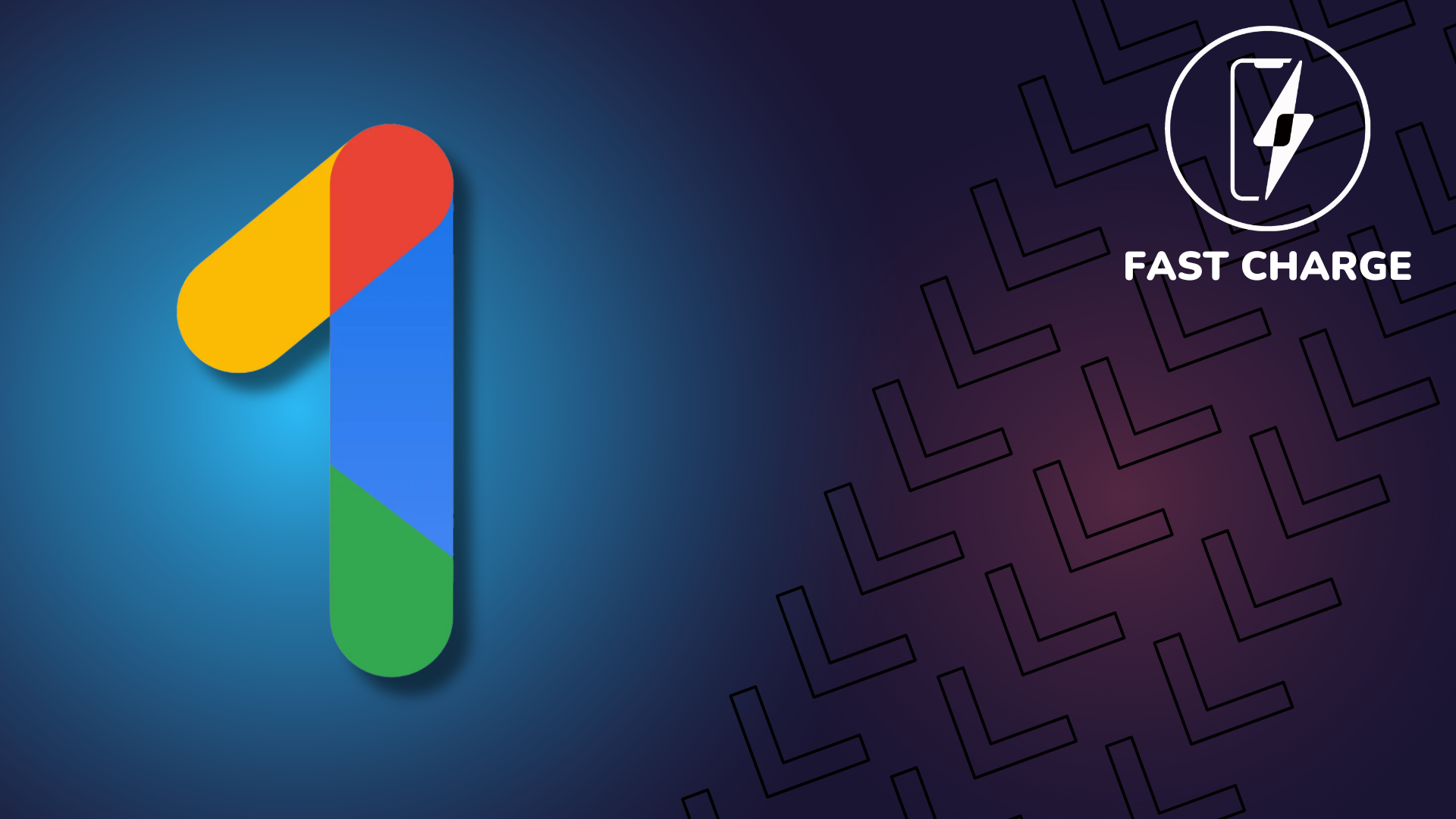Fast Charge: Will the Asus ROG Phone 6 revolutionise mobile gaming?

OPINION: The release of the Asus ROG Phone 6 has taken mobile play to a new level, but is it enough to change the game?
This week, I had the pleasure of testing out the ROG Phone 6 Pro. This latest gaming phone from Asus has the kind of specs that are dizzying enough to give you a nosebleed; a Snapdragon 8 Plus Gen 1 chipset, 18GB of RAM, a 165Hz refresh rate, and a 720Hz touch sampling rate.
The incredible internals, combined with the dazzling display, gave me a wonderful gaming experience the like of which I’ve not enjoyed before even on top-end devices such as the Samsung Galaxy S22 Plus or the OnePlus 10 Pro. So if mobile gaming is to grow exponentially and totally eclipse the popularity of console gaming, could this be the device to do it?
Well the answer to this is two-fold; firstly, to a great extent, mobile gaming doesn’t actually need any extra help. Right now it’s in rude health, accounting for 50% of global gaming revenue in total according to the leading market research firm Statista, and things are only looking up from there, with this key market set to hit a value of $100 billion in 2023.
That makes a lot of sense when you consider that each of us has a smartphone on us all day long, and they are loaded with increasingly powerful chipsets that can even run very demanding cross-platform games; yet they still seem not to have earned the kudos enjoyed by consoles. The discourse rarely centres around smartphones as a platform, and the gaming world continues to revolve around the PC, the PS5, and the Xbox Series X.
If smartphones are going to convert their considerable market value into the kind of cultural cachet currently enjoyed by consoles and become the go-to platform for all gamers, I think we’ve still got a little longer to go; but change could just be around the corner.
What the ROG Phone 6 Pro does is deliver the highest possible gaming experience within the traditional parameters of mobile gaming as we know it today. That means it runs existing games from the Play Store more smoothly than ever on a large and lush screen, with maximal responsiveness. However, its high price tag and niche appeal means that its audience is a hard core of enthusiasts. In order for mobile gaming to move on up, it needs to transcend the console and become something bigger.
One of the reasons for the Nintendo Switch‘s runaway success is its hybridity. Being able to play it both on the go as a portable and on your TV set like a traditional home hub console has given it unparalleled flexibility. It’s not long before mobile gaming can achieve the same effect; we’ve already seen efforts from the likes of Samsung’s DeX and Motorola’s Ready For to translate smartphone action onto a larger monitor. While the earliest iterations of this kind of feature may have been clunky, if the concept is accomplished successfully then smartphone gaming could appeal to the many gamers who prefer the big-screen experience.
Secondly, when Mixed Reality and the metaverse first take off, it’s likely that the smartphone will be the main vector with which we experience these new and engrossing alternatives. Although there are informative and business uses for Mixed Reality, ranging from a virtual heads-up display during surgery to managing industrial spaces remotely, much of the animated discussion about its potential focuses on gaming. Having tried out some of these early demonstrations, it’s clear that this technology has great potential for immersion like never before.
The ROG Phone 6 Pro shows us just how far we’ve come from the early days of gaming on the go, and offers a truly engrossing experience – but I’m convinced that the best is yet to come from mobile gaming, and paradoxically that may come from making the phone itself a mere jumping-off point for bigger and better things.








